Orthodontics is a branch of dental medicine that deals with diagnosis, prevention and treatment of irregularities in the growth of teeth and irregular bite. The word orthodontics can be translated as “bringing teeth to a correct position”.
Contrary to popular belief, orthodontics is not just for children. A proper bite and a beautiful smile are equally important and achievable at any age, including in adult persons.
What will you learn in this article?
In this article, read about the following topics:
- What are “orthodontic anomalies”?
- Are crooked teeth just an aesthetic problem?
- Is orthodontics only for children?
- What orthodontic appliances do we use?
- What is “retention” and why is it important?
What are “orthodontic anomalies”?
The term “orthodontic anomaly” means different variations in appearance of the jaws and the position of the teeth and their interrelationships.
The causes of orthodontic anomalies are various: from genetics, through harmful habits in childhood and later, all the way to diseases and injury.
Their consequences are irregular bite, increased wear of teeth, difficulty maintaining hygiene and consequently more caries, problems with the masticatory muscles and jaw joint and worse aesthetics of the smile.
Still, what is encouraging is the fact that are never been so “adult” that it is too late to work on an incorrect bite or crooked teeth.
The most common types of orthodontic anomalies
There are many types of orthodontic anomalies, and most often we notice the following in ourselves or others:
Crowding of teeth
Teeth “push” each other, they overlap, as if they do not have enough space. This is especially often noticeable on front teeth of the upper and lower jaw.
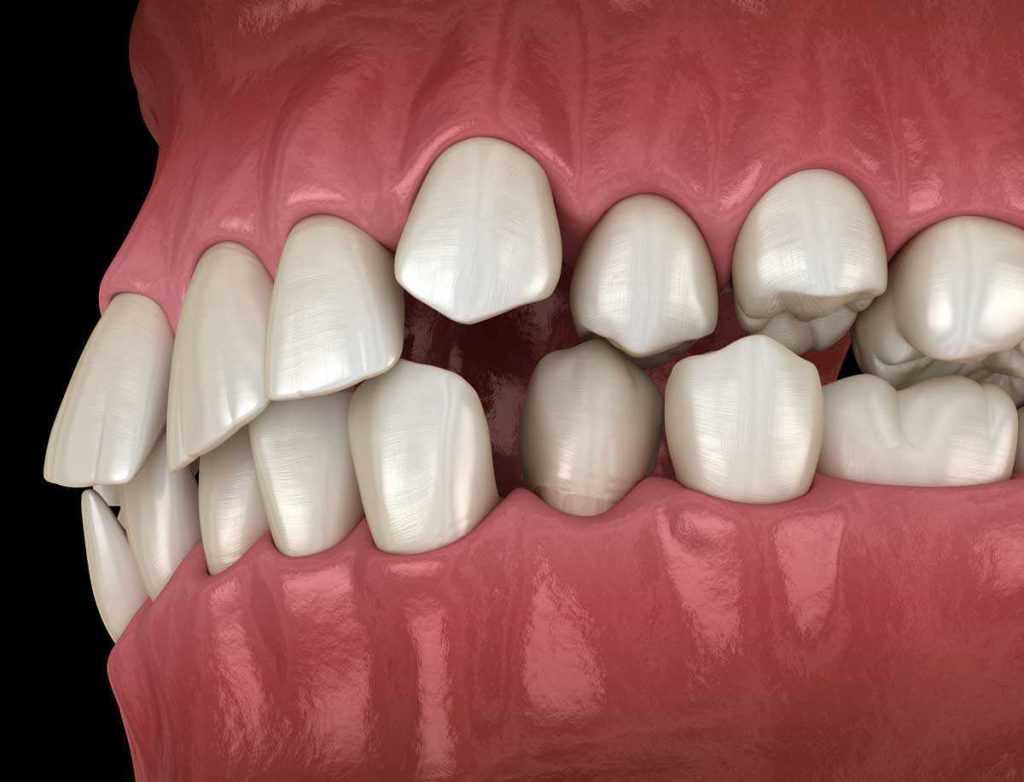
Deep bite
In a deep bite, the teeth of the upper jaw greatly overlap the lower teeth. Sometimes the lower teeth are almost invisible. Such teeth will wear more intensely.
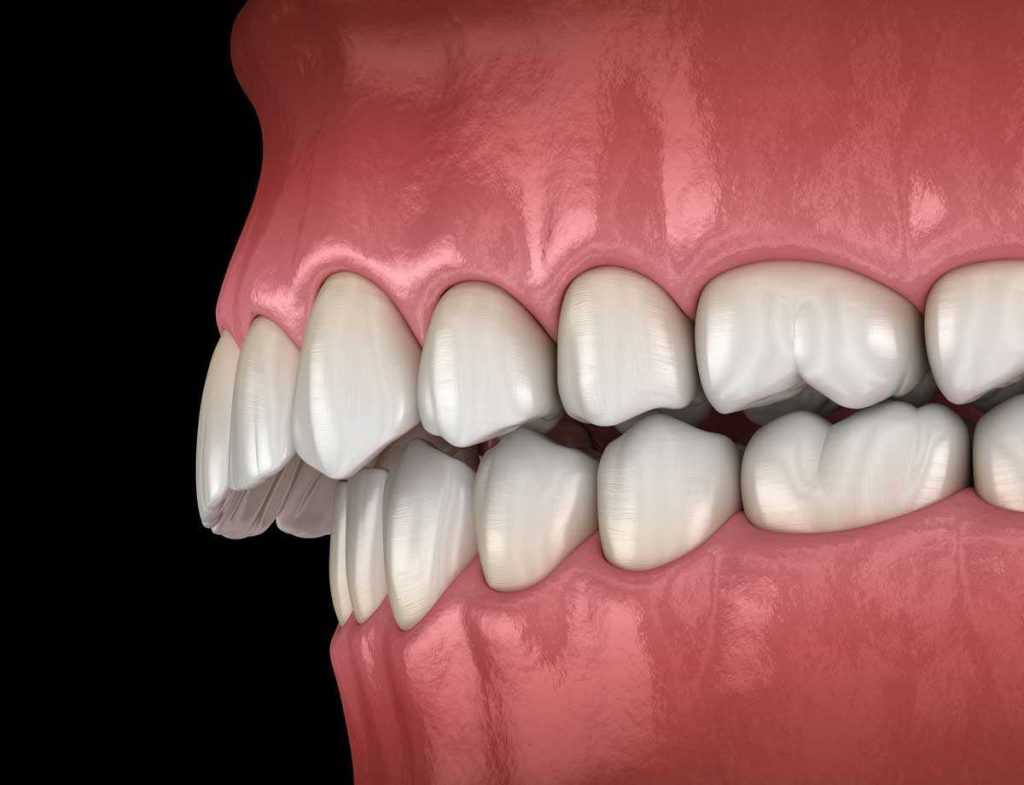
Lower jaw protrusion (prognathism)
Also, a very common bite irregularity that has many variants. What is characteristic of this orthodontic anomaly is that the upper teeth are located behind the lower.
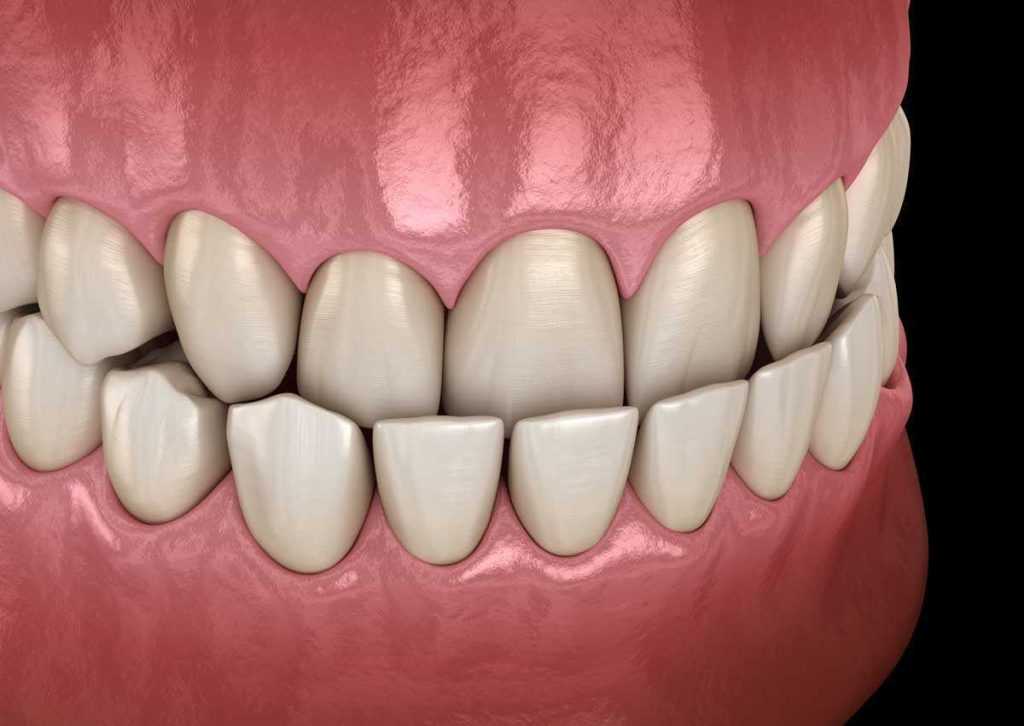
Open bite
The upper and lower teeth remain spaced apart even when a person closes their jaw. This orthodontic anomaly can create serious functional problems.
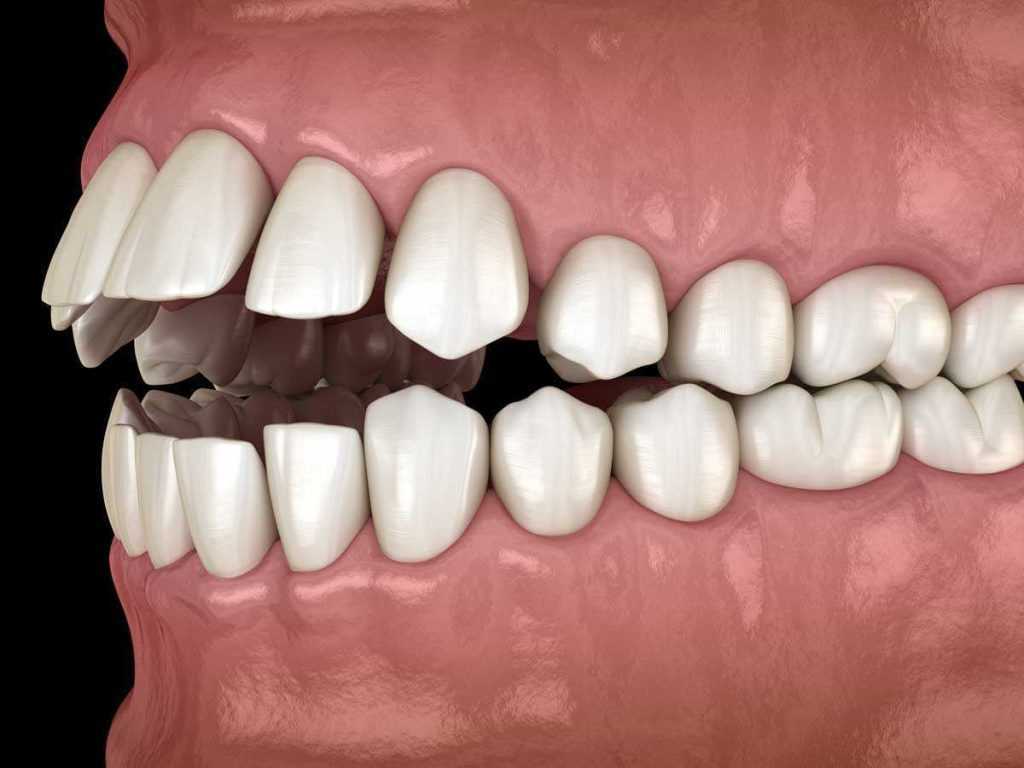
Are you worried about bite irregularities in yourself or your children?
Our orthodontics specialists can solve these problems, and much more than that.
Contact us if you need advice or have questions.
Get a professional checkup without leaving your home!
We offer you a virtual dental examination. Learn more!
Are crooked teeth just an aesthetic problem?
The main reason why patients choose to straighten crooked teeth is the most commonly aesthetic in nature – we all want a beautiful and regular smile.
However, as orthodontists, we pay attention to the health of the entire stomatognathic or masticatory system.
The stomatognathic or masticatory system is a functional unit consisting of teeth, masticatory muscles, jaw joints and accompanying tissues. A healthy stomatognathic system allows for smooth chewing, swallowing and speech.
However, due to improperly sprouted teeth, these functions can be even more severely impacted. Therefore, in addition to aesthetic defects, irregularities in the bite bring a number of serious functional problems, such as:
- Problems with speech, especially individual sounds, e.g. “f”, “s”, “z”, “p”, “r”, etc.
- Problems with chewing and swallowing
- Pains in the jaw joint due to uneven bite and strain
- Increased accumulation of plaque which can lead to the development of caries
- Low self-confidence
Therefore, without any hesitation, we must emphasize that an incorrect bite is by no means just an aesthetic problem.
Are you worried about bite irregularities in yourself or your children?
Our orthodontics specialists can solve these problems, and much more than that.
Contact us if you need advice or have questions.
Get a professional checkup without leaving your home!
We offer you a virtual dental examination. Learn more!
Is orthodontics only for children?
Although orthodontic treatment is most often started in children, it does not mean that it is too late for adults.
Sometimes in adulthood, orthodontic treatment has the function of preparation for implantologic or prosthetic therapy.
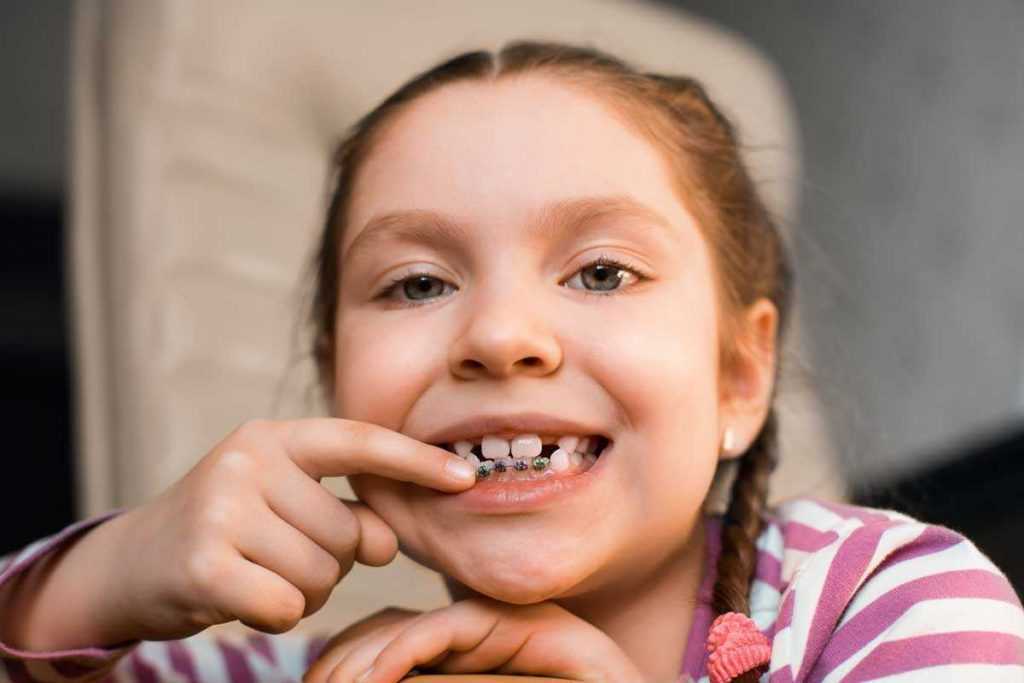
In addition to there being no age limit when it comes to diagnosing and treating an improper bite, at a more mature age it additionally gains importance.
Health
We have already previously stated that an irregular bite is not only an aesthetic, but also a health issue.
Orthodontic anomalies that are neglected or unsuccessfully treated in childhood can later lead to a number of other health risks.
Namely, over the years we also adopt harmful habits, from unhealthy eating, through smoking, to the development of bruxism due to stress, etc.
Combined with an improper bite, the above-mentioned harmful habits will additionally ruin the quality of life of the individual. This will, no doubt, manifest itself in impaired dental and general health.
Social and business connections
On the other hand, in youth and later we establish all of our more intense social and business connections.
An improper bite can significantly affect something that is of great importance for affirmation in social and business circles: our self-confidence.
As adults, we tend to follow the written and unwritten rules of proper dressing and appearance. We want to reflect the image we cultivate about ourselves as members of society and professionals.

With an important reason – dental and jaw health – this is just an added incentive gather courage and deal with an irregular bite regardless of age.
If you are not happy with your smile or are worried about an improper bite, contact us.
Our orthodontics specialists will be happy to listen and offer a solution.
Contact us if you need advice or have questions.
Get a professional checkup without leaving your home!
We offer you a virtual dental examination. Learn more!
What orthodontic appliances do we use?
We primarily divide orthodontic appliances into mobile and fixed.
Mobile and fixed orthodontic appliances
As their name suggests, mobile appliances are mobile: the patient can take them out and return them in place, for example not to wear them during meals or some social activities.
Unlike mobile, fixed orthodontic appliances are permanently attached throughout the duration of orthodontic therapy.
Metal, aesthetic and invisible orthodontic appliances
Orthodontic appliances are further divided according to technologies and materials of manufacture.
Mobile orthodontic appliances are most often made from a combination of acrylate and metal, or just from a special durable plastic.
A novelty in the world of orthodontics is a completely transparent mobile orthodontic appliance, Invisalign, almost completely invisible, even from a close range.
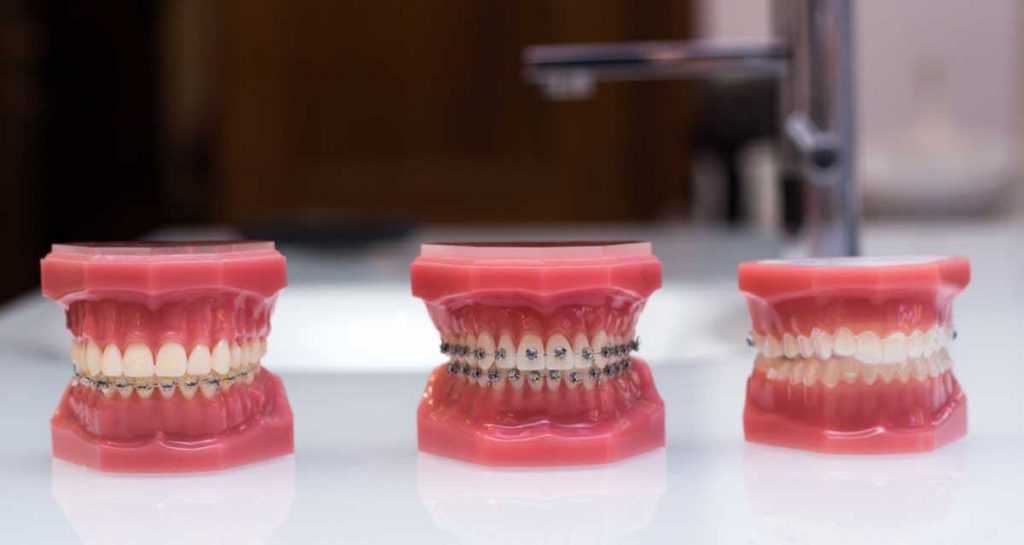
As for fixed orthodontic appliances, we’ve all probably at least once seen a classic metal orthodontic appliance. They consist of metal brackets, which are very small today, attached to the teeth and connected by a thin wire.
There are also aesthetic fixed orthodontic appliances. They have brackets which are white or transparent.
Planning orthodontic therapy
We determine which orthodontic appliance is most suitable for the patient at a specialist examination.
We use 3D diagnostics for that. With the highest degree of diagnostic accuracy, it also allows us to show the patient their future smile in advance.
Based on the examination and 3D diagnostics, we prepare a detailed plan of orthodontic therapy which includes orthodontic examinations and procedures on average every two months.
Duration of orthodontic therapy
How long orthodontic therapy will last is a completely individual matter. We could, however, say that it is common for orthodontic therapies to last between 1 and 2 years.
What all affects the duration of orthodontic therapy?
The most important factors that affect the duration of orthodontic therapy are:
- Severity of the orthodontic anomaly
- Type of orthodontic therapy
- Age of the patient
- Aim of the therapy
- Discipline of the patient in the implementation of therapy (primarily in mobile orthodontic appliances)
What should also be considered is that after wearing orthodontic appliances there is the period of retention.
What is “retention” and why is it important?
In order to preserve the results of orthodontic therapy we use the system of retention.
It is a combination of mobile and fixed orthodontic appliances – retainers – which retain the teeth in place during the duration of adaptation of the mandible to their new position.
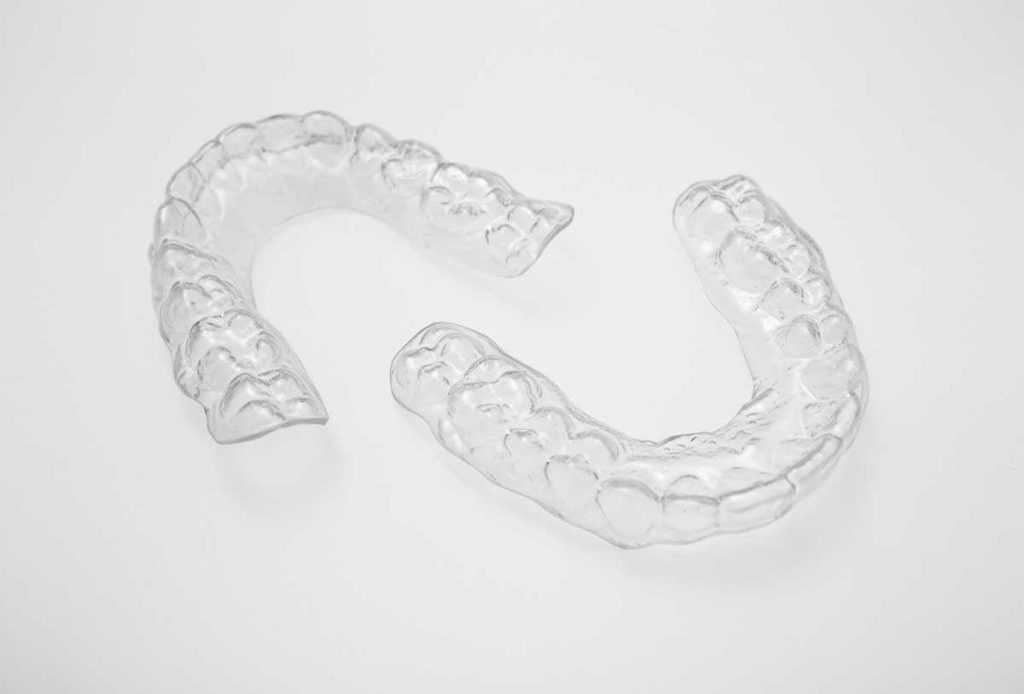
Apolonija has a special retention program lasting for 18 months, as well as the possibility of extending retention for several years.
Find out more about retention on our website “Retention: how to preserve the results of orthodontics”.
Have you found everything you wanted to know?
In this article you have learnt more about orthodontics, the most common orthodontic anomalies and how we treat them.
For more details on the following topics click on the links below:
- Invisalign, invisible orthodontic appliance
- Aesthetic orthodontic appliances
- Fixed orthodontic appliances
- Mobile orthodontic appliances
Even in adulthood, it is not too late for a proper bite and a beautiful smile.
Request a review of our orthodontics specialists for yourself, your child or your loved ones.
Contact us if you need advice or have questions.
Get a professional checkup without leaving your home!
We offer you a virtual dental examination. Learn more!


